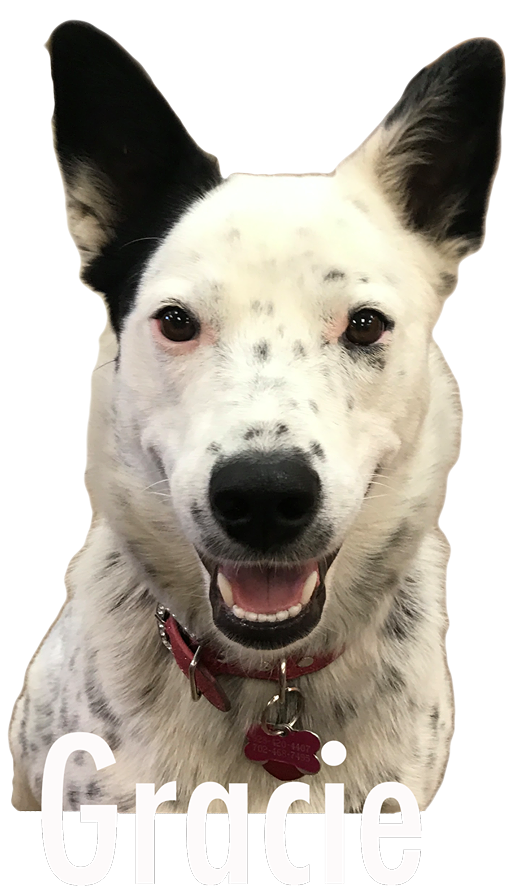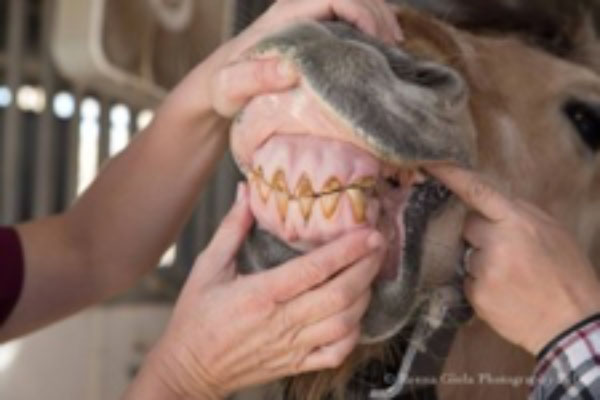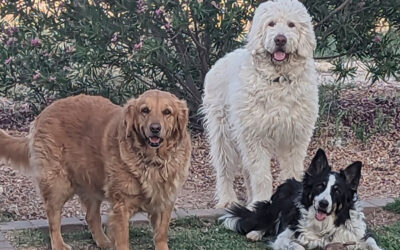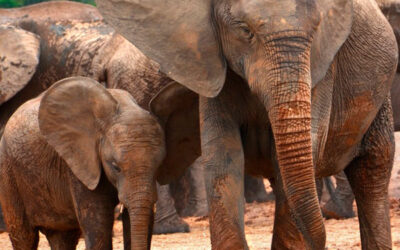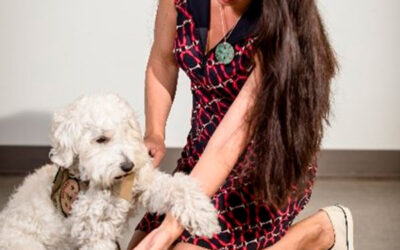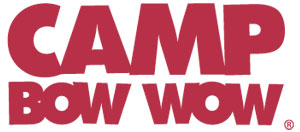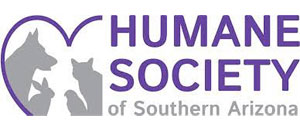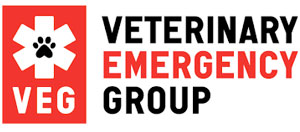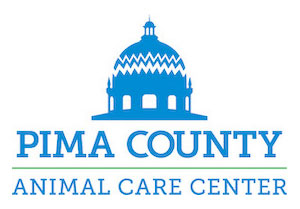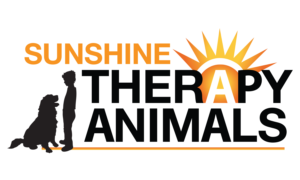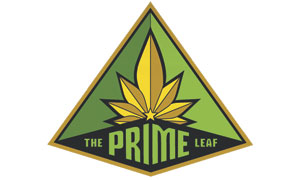Oral hygiene is just as important for pets as it is for people. In fact, 50% of dogs and cats over three years have gum (periodontal) disease, making it the most common disease suffered by small pets.
Periodontal disease develops when plaque builds up on teeth and hardens into tartar. This creates pockets of space between the teeth and gums where bacteria thrive. These bacteria not only cause problems like painful tooth decay inside the mouth, but can also enter the bloodstream and spread to other parts of the body, harming the heart, liver and kidneys.
Signs and Symptoms of Early
Periodontal Disease
Bad breath
Plaque build-up on teeth
Red or irritated gums
Signs and Symptoms of Advanced Periodontal Disease
Tooth Discoloration
Loose Teeth
Swelling in or around the jaw area
Difficulty eating and drinking
or appetite loss
Frequently dropping toys or food
Caring for Your Pet’s Teeth at Home
The best way to prevent gum disease is with regular dental care, including professional exams and cleanings and at-home care. There are several steps you can take at home to maintain the oral health of your cat or dog.
Regular Brushing – Brushing is the most effective thing you can do to prevent or manage gum disease. We recommend brushing your pet’s teeth daily to keep your pet’s teeth and gums healthy. Be sure to use a toothpaste specifically formulated for pets and use a comfortable soft bristled brush.
Special Treats and Chew Toys – Let your pet chew on toys and treats specially designed to promote oral health. There is also a dental diet formulated to decrease tartar.
Objects to avoid- Do not allow your pet to chew on antlers, bones, rocks or knotted rawhides. All which risk fracturing the teeth.
Schedule a Pet Dental Exam in Tucson Today
The American Animal Hospital Association (AAHA) recommends adult pets (one year and older) have an annual dental exam. For the safety of pets, the AAHA also requires that dental cleanings for cats and dogs be performed under general anesthesia.
Adobe Veterinary Center is an AAHA certified veterinary hospital, and we are proud to provide complete dental services for dogs and cats. From dental examinations, dental x-rays, and professional cleanings to tooth extractions and oral surgeries, we are fully equipped to meet all of your pet’s oral healthcare needs. Our veterinarians always perform an oral examination as part of a pet’s routine check-up, but we recommend scheduling a dental appointment right away, if you notice any of the signs or symptoms of periodontal disease in your pet. To learn more about Adobe Veterinary Center’s small pet dental services, we welcome you to contact our office today.
Watch this short instructional video on Arizona Veterinary Dental Specialist website:https://youtu.be/bxFd18CmCZw
Equine Dentistry
A horse’s teeth “erupt” until the age of 25-30. On their natural diet of grass, the grass wears down their teeth, and the action of reaching down to graze, and then raising the head to chew, changes the jaw position. The horse’s upper molars are spaced farther apart that the lower ones, which makes for efficient grinding of grass. Grazing horses raise their heads to chew.
However, when a horse has a diet of grain and hay (such as alfalfa), there is less fiber in their diet, and the tooth surfaces are not ground down. When these surfaces become uneven, the horse cannot move his jaw sideways, and then the teeth become even more uneven. Eventually, there are sharp points in the horse’s mouth, making chewing a painful experience
Often a horse who is losing weight will turn out to have a tooth problem. Once the teeth have been floated properly, chewing is easier, and the food’s nutrients can be processed efficiently.
Likewise, a horse with behavior issues may have a tooth problem. It’s hard to work and be nice with razors cutting the inside of your mouth every time you eat!
The following concerns can be related to issues involving the teeth. If your horse exhibits these symptoms, you should have seek medical attention as soon as possible for your horse:
Loss of weight or general condition
Dropping feed
Whole grain in manure
Tilting head while chewing
Head tossing / resisting the bit
Bleeding gums
Swelling on face or jaw
Bad odor from mouth or nose
Sedation helps to eliminate any anxiety the horse might have. The horse’s head is put into a brace called a speculum. This allows the dentist complete access to the horse’s mouth.
The specialized power tools, which only a veterinarian is allowed to use, make quick work of floating. They look a lot like the power tool section at a home improvement store, but the attachments (carbide blades, rotary instruments) are designed specifically for equine dentistry.
Your Large Animal veterinarian will examine your horse’s mouth for:
molar edges
Abscesses
Bite misalignments
Cracked molars
Wolf teeth interference
Deciduous teeth
Gum inflammation / periodontal disease
Help keep your horse’s mouth comfortable and free of ulcers.
Story Provided by Adobe Veterinary Center, Sarah Olson, Second Nature Marketing
